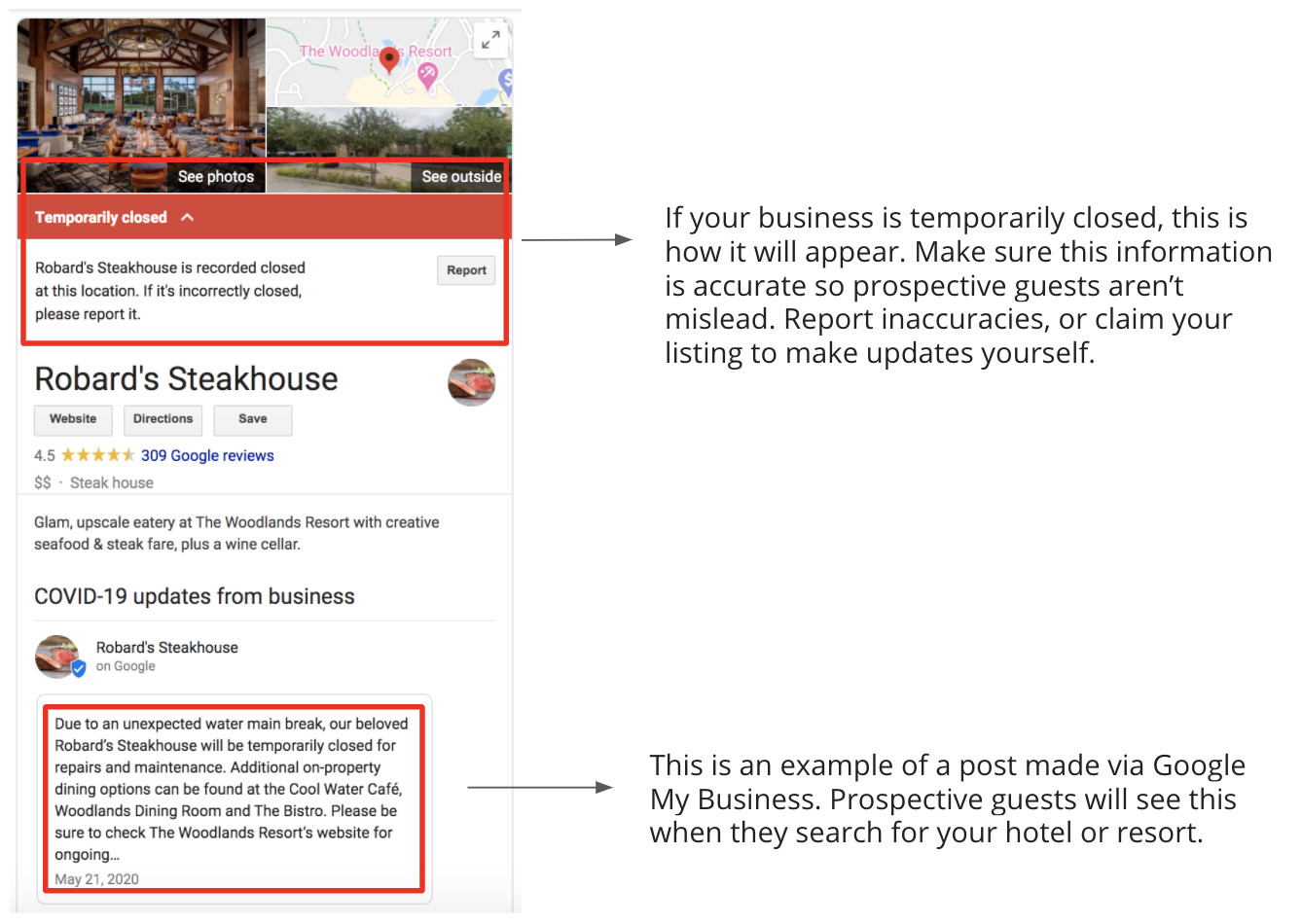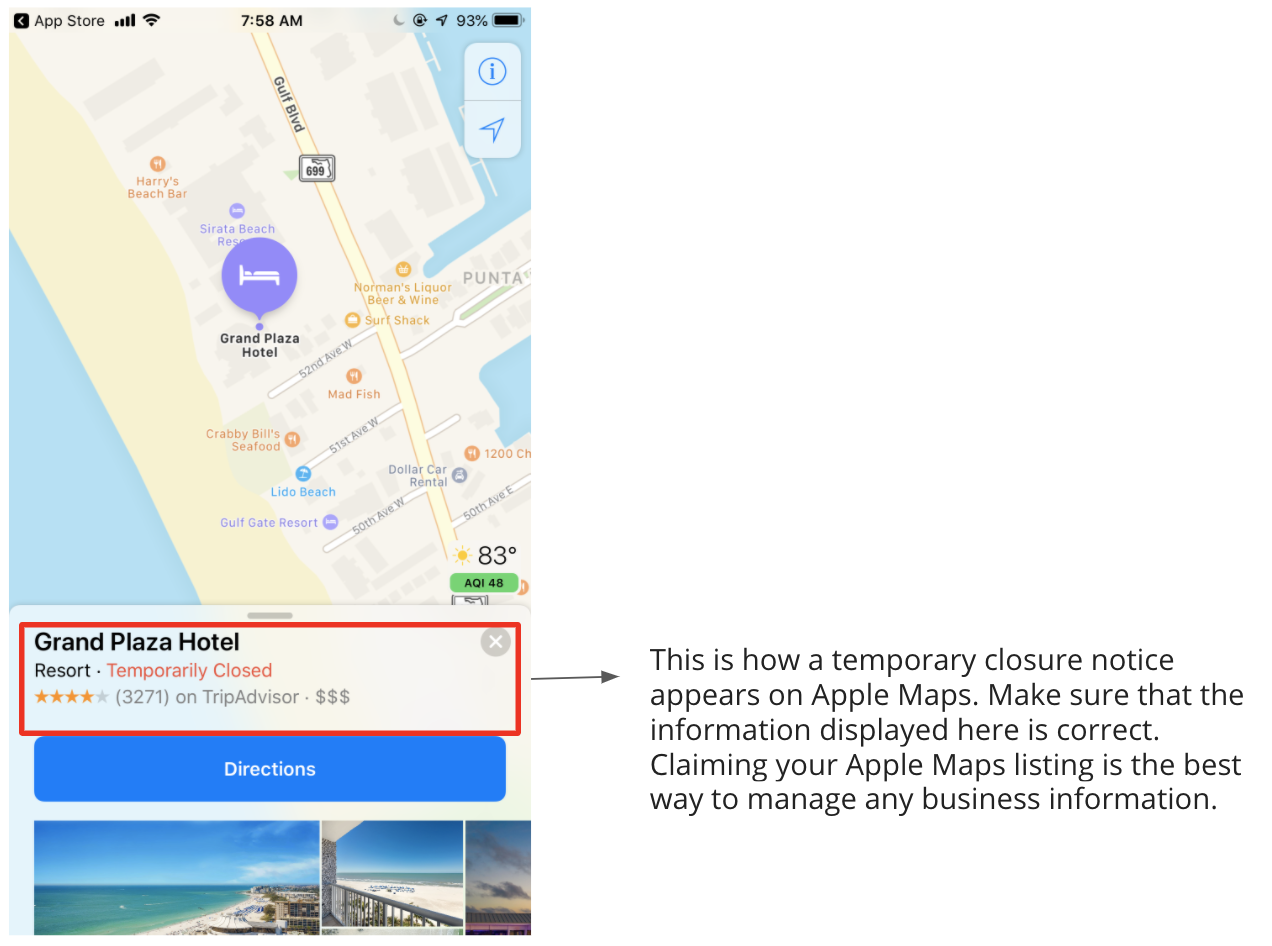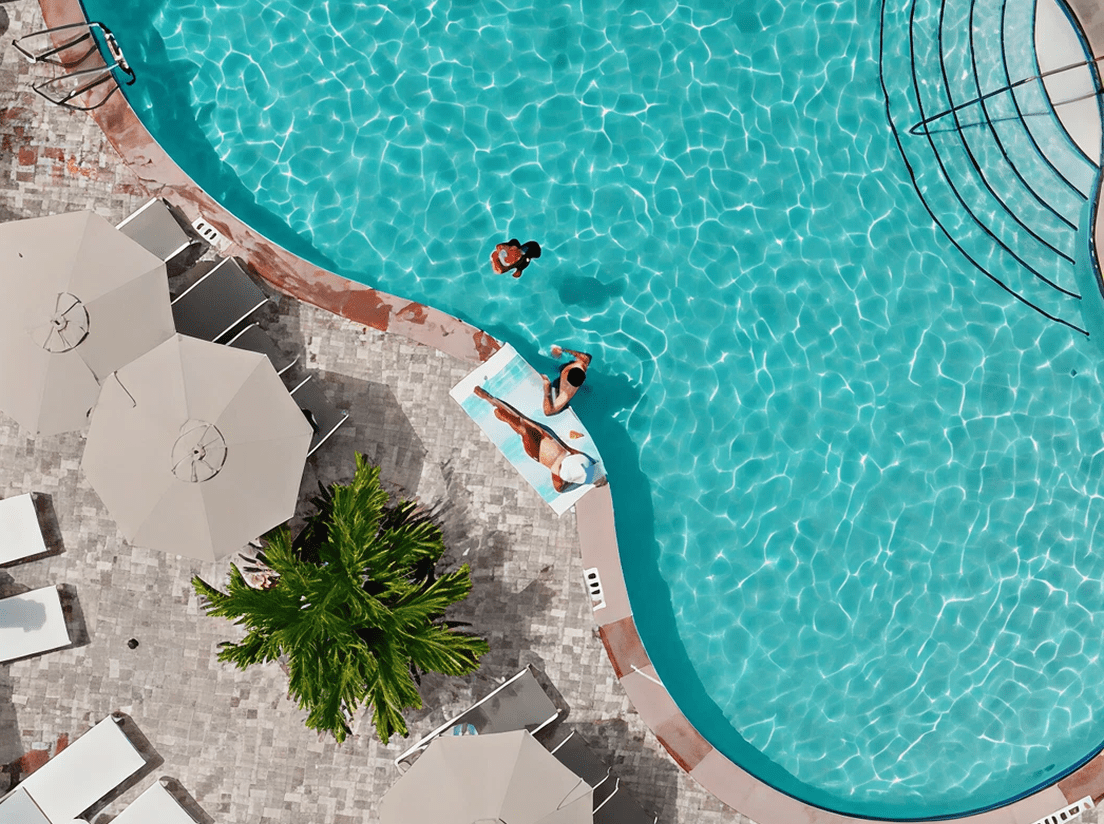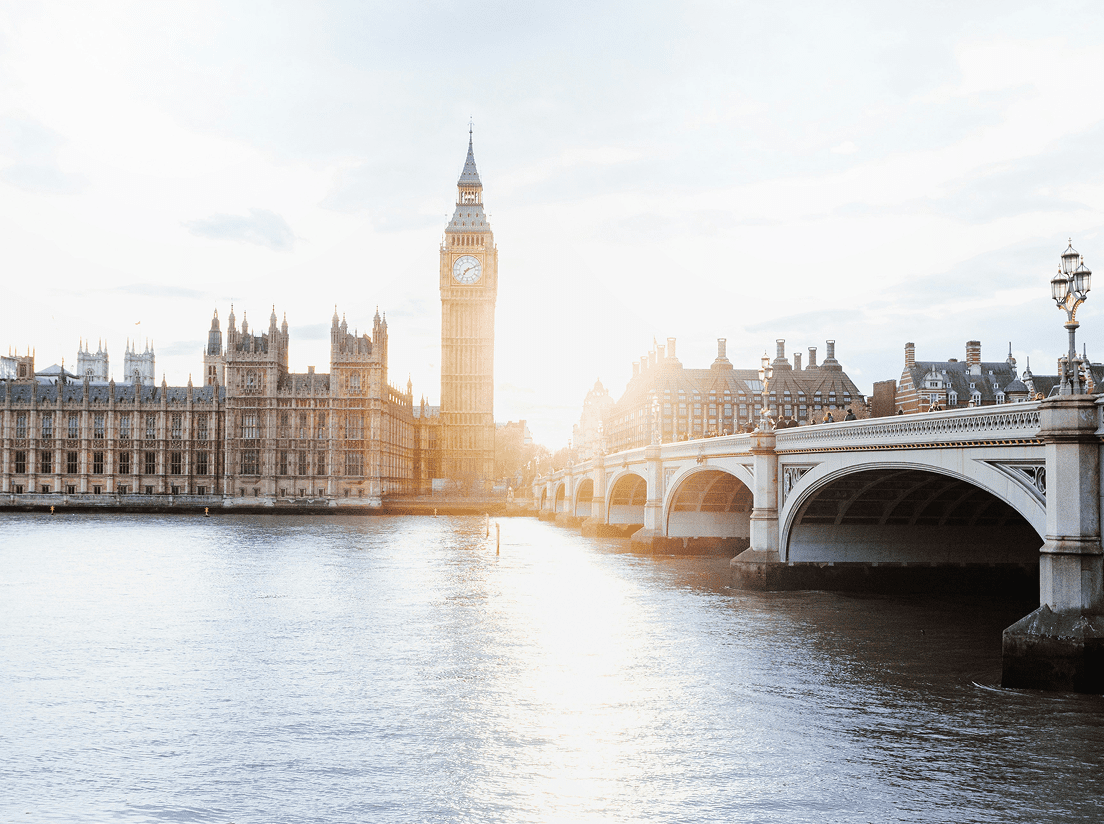
Nothing is as simple as it used to be. Not even mixing up your resort’s signature cocktail. Because in the age of coronavirus, it likely has to be a mask-glad person mixing that cocktail who must also be prepared to do the sanitation dance when it comes to tendering payment and proffering said cocktail. And all that before a guest can take that much-anticipated first sip.
Let us repeat. Nothing is a simple as it used to be. Because your resort’s signature cocktail is arguably the simplest of many things that will need a post-coronavirus makeover. Travelers want to travel, but they can’t, and when they do, their biggest piece of baggage is the expectation that every touchpoint is clean and safe.
That burden—and opportunity—falls to hotels and resorts. It’s imperative that hotels and resorts re-open with this responsibility in mind to ensure that guests are surrounded by clear, consistent, and reassuring messaging about how their hotel of choice is grappling with the coronavirus reality.
How can you be sure you’re truly ready to re-open? Follow along with our re-opening checklist.
Pre-Opening
Stay Up-to-Date on State and Local Guidelines
- You may be ready to re-open, but that doesn’t mean your state is.
- Actively follow regulations at the state and local level so that you know which of your lines of business you can open when.
- Knowing when your amenities will be open will help you a) understand your new unique selling propositions compared to other hotels and resorts in your market, and b) communicate to guests what they can expect during their stay.
- Click here to view trends and recommendations for your region.
Create a New Guest Experience Mission Statement
- How do you want guests to feel about your hotel or resort post-coronavirus? This might be different than it was pre-social distancing.
- Though your hotel may have been known as an urban hotspot, you might need to refocus on experiences that are physical distancing friendly.
- Reassess what your guest experience is going to be, and document it. This will be the basis for both how you adapt your operations and how you will promote those operations in your marketing efforts.
Mission Statement In-Hand, Re-Evaluate Everything
- Check-in, check-out, housekeeping, guest/staff interactions, guest/guest interactions, guest rooms, common spaces, amenities. Everything.
- Use your mission statement to change the lens through which you view each of the above items and more. If your bustling bar was a big draw for guests, that aspect of your property is probably no longer. How will you pivot? Can you find ways to respect social distancing in that space?
- For every aspect of your property, think about what is changing, why it’s changing, and how (operationally) it will change, and document each of those items thoroughly.
- You may not roll each of these what/why/how statements into your re-opening messaging, but you’ll want them on-hand as you communicate with prospective guests.
- Keep this front-of-mind as you develop re-opening promotions.
Redefine Audiences
- This should be something of an art and a science. The goal is to combine your experiences mission statement with shopping data that you have available.
- If you know, say, that your main draw is now the spa, and you also know that your current shoppers are women ages 45+ from Florida, how can you talk about your spa in a way that appeals to that demographic?
- Incorporate this audience profile into your ad targeting, your messaging, and your selection of images to ensure that each element speaks to your most valuable guest.
Put a New Strategy in Place
- You may not know exactly when you’re re-opening. That’s okay. Using your mission statements to create a new marketing strategy will allow you to hit “go” whenever you do reschedule your re-opening.
- Remember that your strategy simply describes how you’re going to engage with your target consumer but is not yet a detailed plan of how you’ll execute on that strategy.
- Develop and document this strategy to ensure that every decision you make moving forward squares away with this approach. This will help you sort through what is and is not a good fit for your property and your brand, as you’ll likely have tons of new ideas to make up for any lost time.
- If a tactic doesn’t jive with your strategy, reformulate it until it does.
During Your Re-Opening
Use Your Strategy to Develop a Marketing Plan
- What, specifically, are you going to do to execute on your strategy? Get really specific.
- Developing this plan once you have re-opening dates in place will allow you to get hyper-focused with your ad targeting and messaging.
- Speak to people who are shopping for stays in your area by incorporating the season during which they hope to visit in your messaging and creative. For example, if the majority of travelers are shopping for rooms in the fall, convey the fall experience at your hotel or resort and in your destination to set the stage for what they can expect.
- Click here for messaging tips.
Update Your Business Information
- Do a sweep across every profile you have to ensure your hotel or resort is listed as open and that your business hours and offerings are up-to-date.
- Google My Business
- If you haven’t claimed your Google My Business profile, do so now.
- This will allow you to manage the information that appears there. Google has listed many properties as “Temporarily Closed” due to coronavirus, and you don’t want that tag to remain if you are, in fact, open.
- You can also add posts to your Google My Business profile with any re-opening offers or language.
- Claim your listing here.

- Apple Maps
- Don’t let this one escape your attention. Apple has also had a tendency to list properties as closed on a whim. When prospective guests or guests-on-the-way plug your property name into their map, they could be under the impression that you’re closed.
- Go to your listing on Apple Maps and report the issue. You can input your correct business information for review by Apple.
- We also recommend claiming your Apple Maps listing so you can make changes more directly.
- Claim your listing here.

- Facebook and Instagram Profiles
- Be sure the information in your ‘About’ section on Facebook and your Instagram bio is up-to-date.
- If you added any coronavirus-specific information when your closure began, replace it with more up-to-date sentiments.
- In your Instagram bio, consider adding links to any relevant information related to your re-opening, like your content on the new guest experience or updated cleaning procedures.
- On Facebook, if you’ve pinned a post about your closure, remove it altogether or replace it with something new. That post is likely no longer pertinent.
Have a Reputation Management Plan in Place
- When it comes to your re-opening, you don’t want to miss a thing. Reputation management is more important than ever.
- Get prepared by turning on notifications for ad comments and get in the habit of monitoring them before they start flooding in.
- Turn On Notifications for Ad Comments
- Note that third-party tools like Sprout and Sprinklr can pull in ad comments if the ad account is connected to the social management platform.
- Turn on notifications: Page Settings -> Notifications -> Toggle on “Get a notification each time there is activity on your Page or an important Page update.”
- To manually check comments (when logged in as a page admin or with access to the page):
- Click Inbox -> Comments & More -> Facebook (or Instagram) and you’ll see all comments on your ads.
- While there is no way to set up notifications for ad comments, you can manually check them by navigating to the company’s LinkedIn Page and selecting ‘Ads’ in the left-hand navigation bar and then responding to comments from there.
- Monitor Your Review Channels If guests can leave reviews on a channel, you need to be there. Respond to all reviews to both show gratitude or clear up confusion with past guests, as well as establishing a reputation for care for future guests who may see your responses.
After Re-Opening
Learn as You Go
- Social listening is an invaluable tool. Make note of what you read in reviews, comments, and private messages, as these are all great signals for how to continue to improve your operations.
- If you see the same points of feedback on repeat, consider how you can act on those.
- If you receive praise for the same items over and over again, be sure you keep that up.
- There will likely be hiccups along the way, but if you stay on top of guest opinions you’ll be able to pivot as needed—which is key when re-opening in the wake of a crisis no one saw coming.
Did you enjoy the read?
Get original hospitality industry insights delivered to your inbox. Sign up to receive Screen Pilot’s Weekly COVID-19 Resource Center Update.






